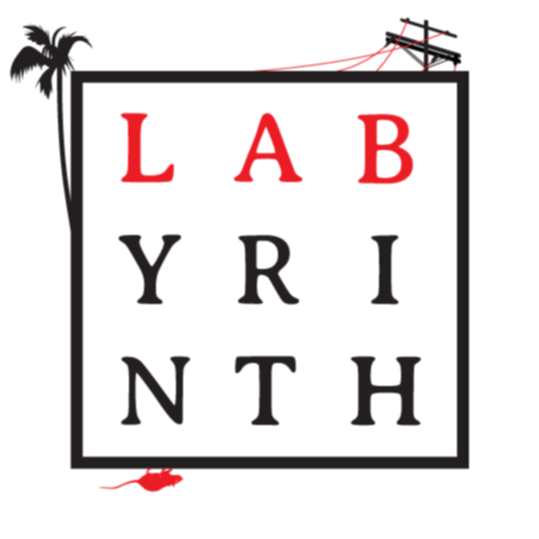The Labyrinth project works on the traditional, ancestral, and unceded lands of the Tongva, Achjachemen, Chumash, Tataviam, Cahuila, and other local native tribes and groups, and recognizes that UCLA, as a Land Grant institution benefits from the historical exploitation of this Land. We seek to return that privilege to the people we work with in whatever way possible, past, present and future, with respect and openness.
We also recognize, as historians of the area, how complicated a palimpsest this region is, with waves of colonization, property transfer, ecological succession driven by ranching, oil-drilling, development and restoration. The region and its ecologies have seen constant transformation from Spanish colonization to Mexican independence to Anglo settlement, to contemporary struggles around the gloriously diverse, multi-ethnic, sprawling region of large and small stories. Immigration to this region, from all over the world—including internal to the US—has transformed it over and over again, and continues to drive new relations among humans and animals and with the ecology. We are grateful to the students, collaborators and residents of Los Angeles who participate with us and guide our thinking about this region, beyond the sometimes narrow academic work out there.
We also recognize that much of the work that goes on around animals and ecologies is carried out primarily by government employees from a sometimes insanely complex jurisdictional soup. While recognizing that the political nature of these entities is often contested and ambivalent, we nonetheless rely on the generosity of time and knowledge provided by individual people who work hard to do good at agencies such as the City of Los Angeles Animal Services, the County of Los Angeles Department of Public Health, the California Fish and Wildlife Department, the US Department of Agriculture, the California Department of Pesticide Regulation, the National Park Services, the University of California Agriculture Extension, and many others. There are also diverse private and non-profit organizations that assist with our research and sometimes collaborate without whom we would have little to offer.

